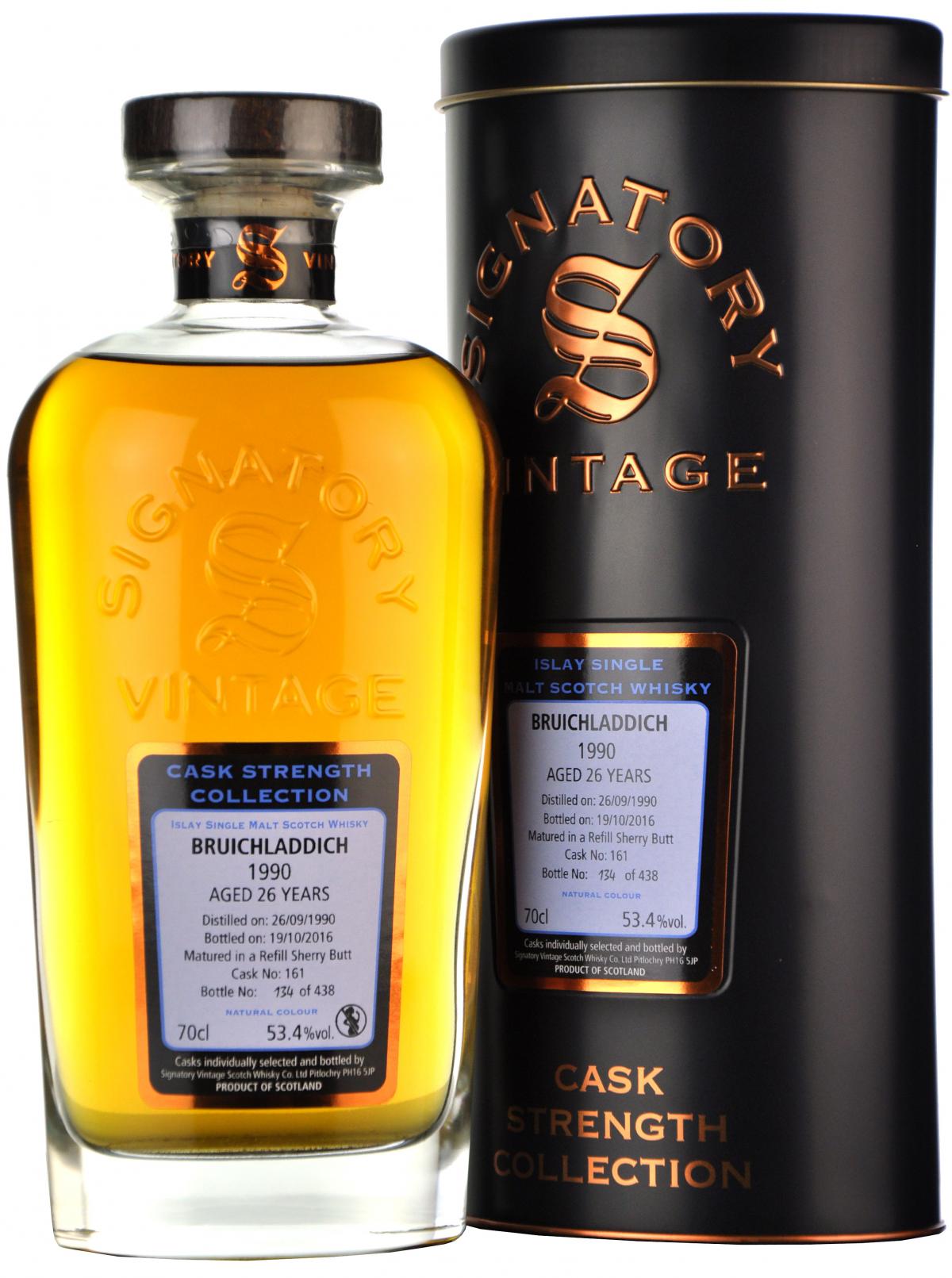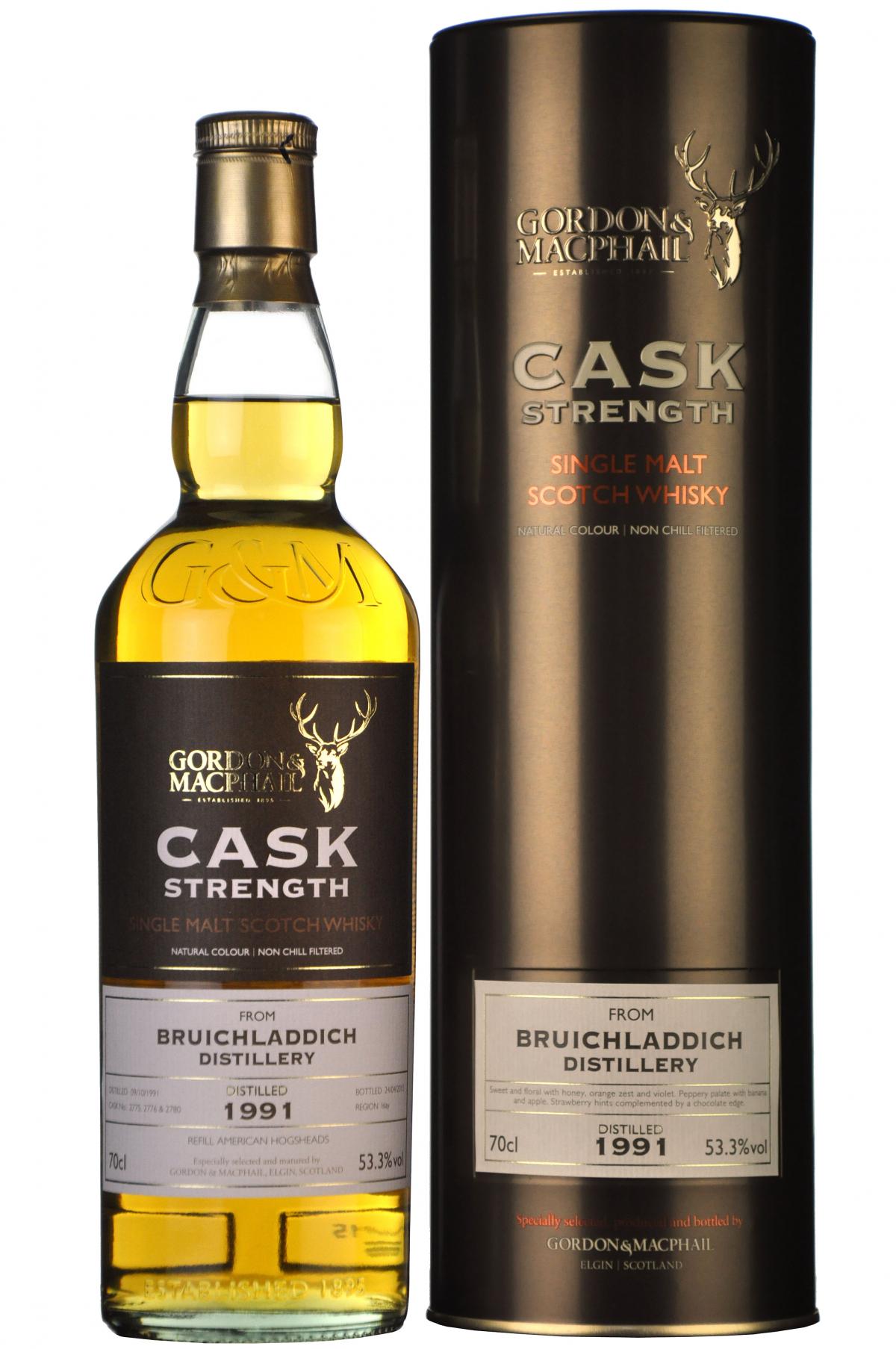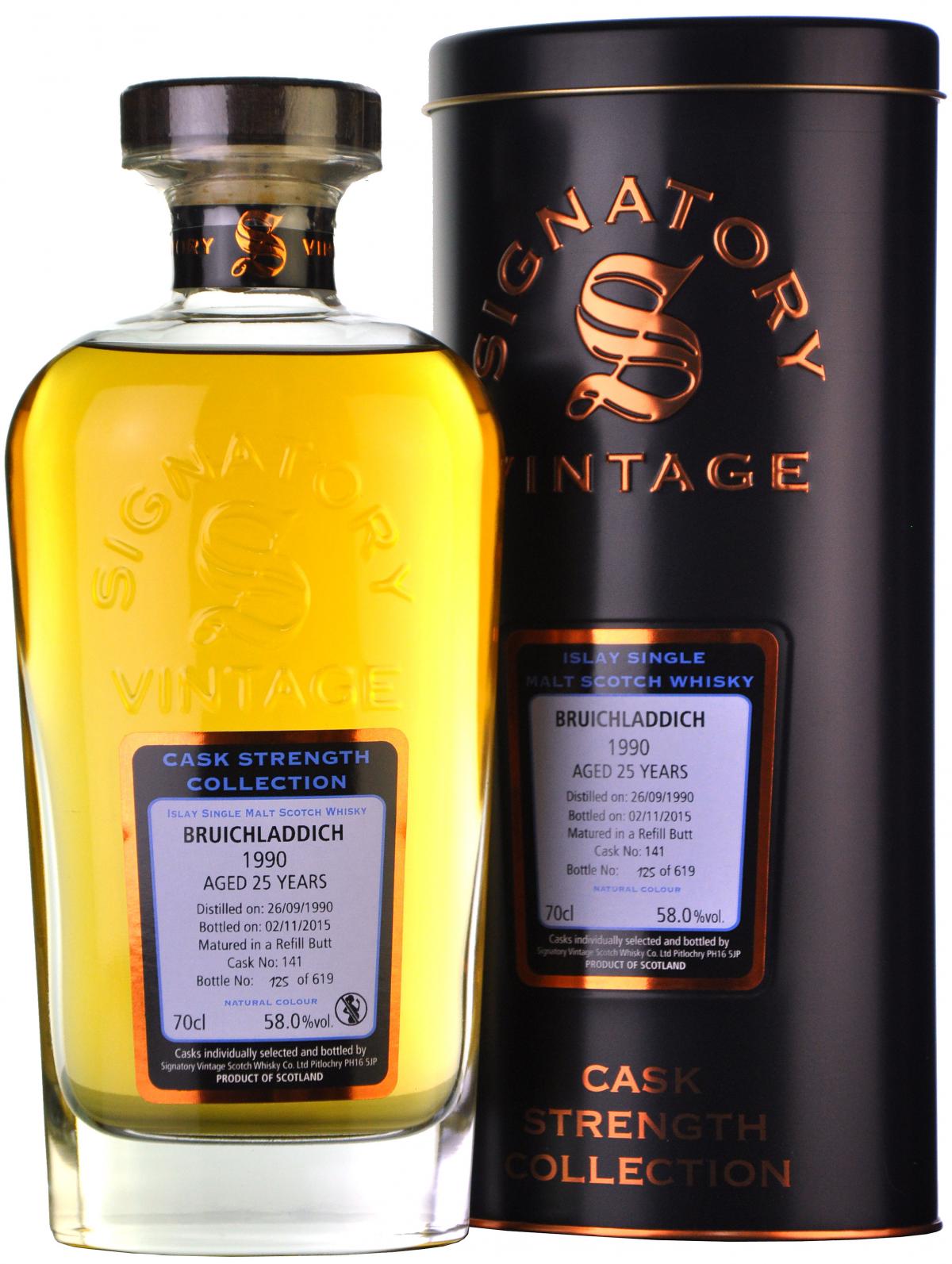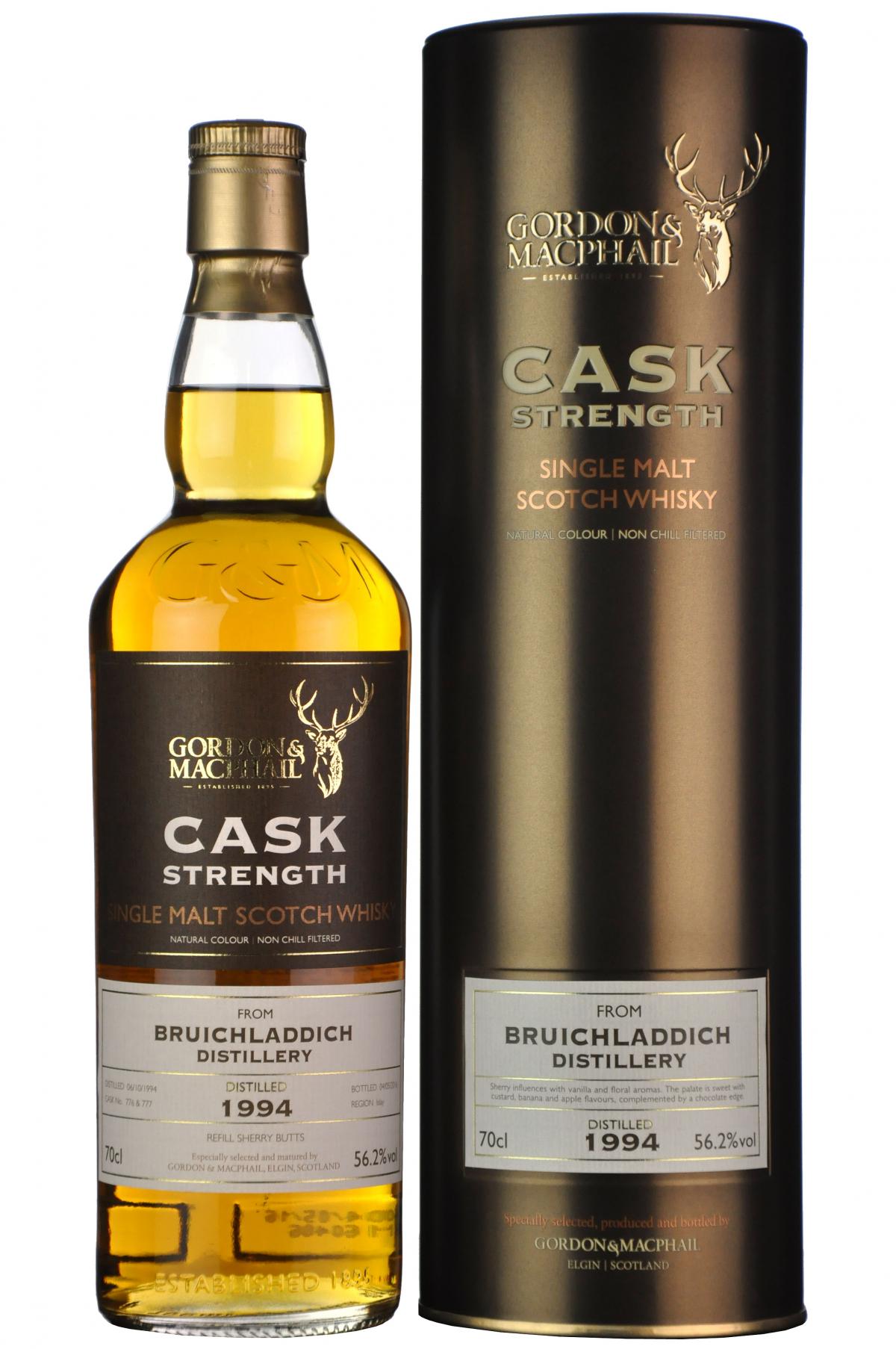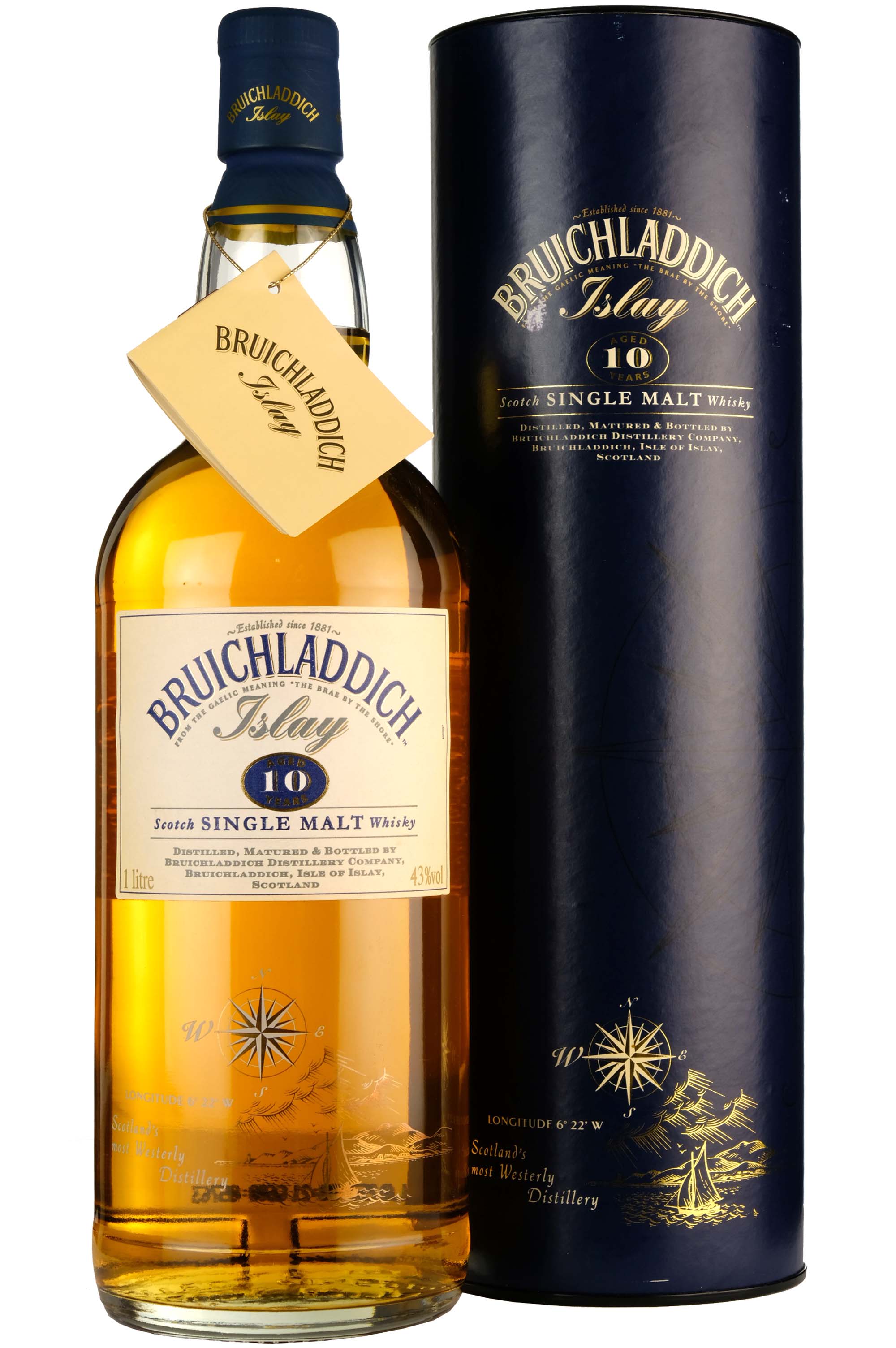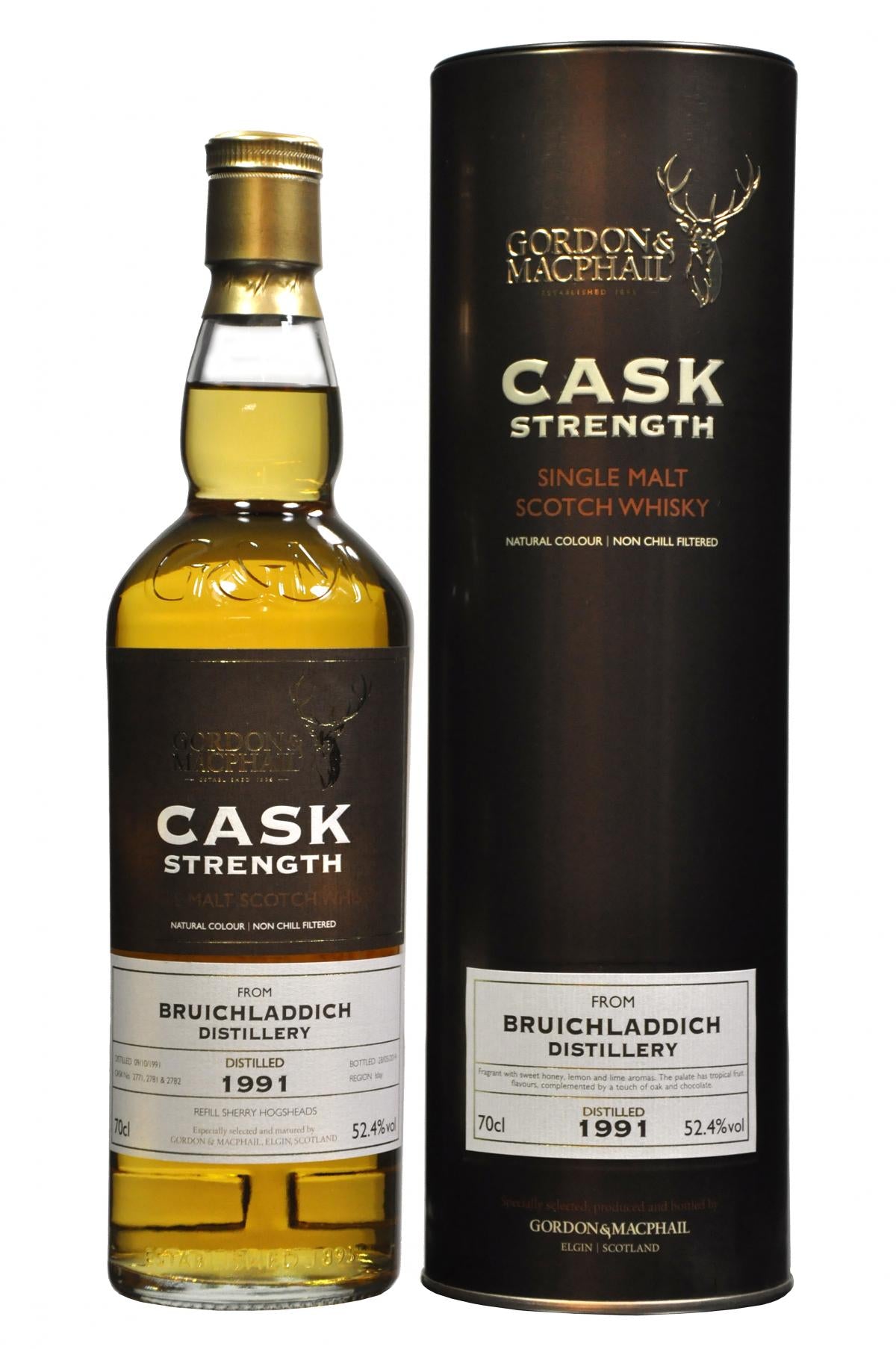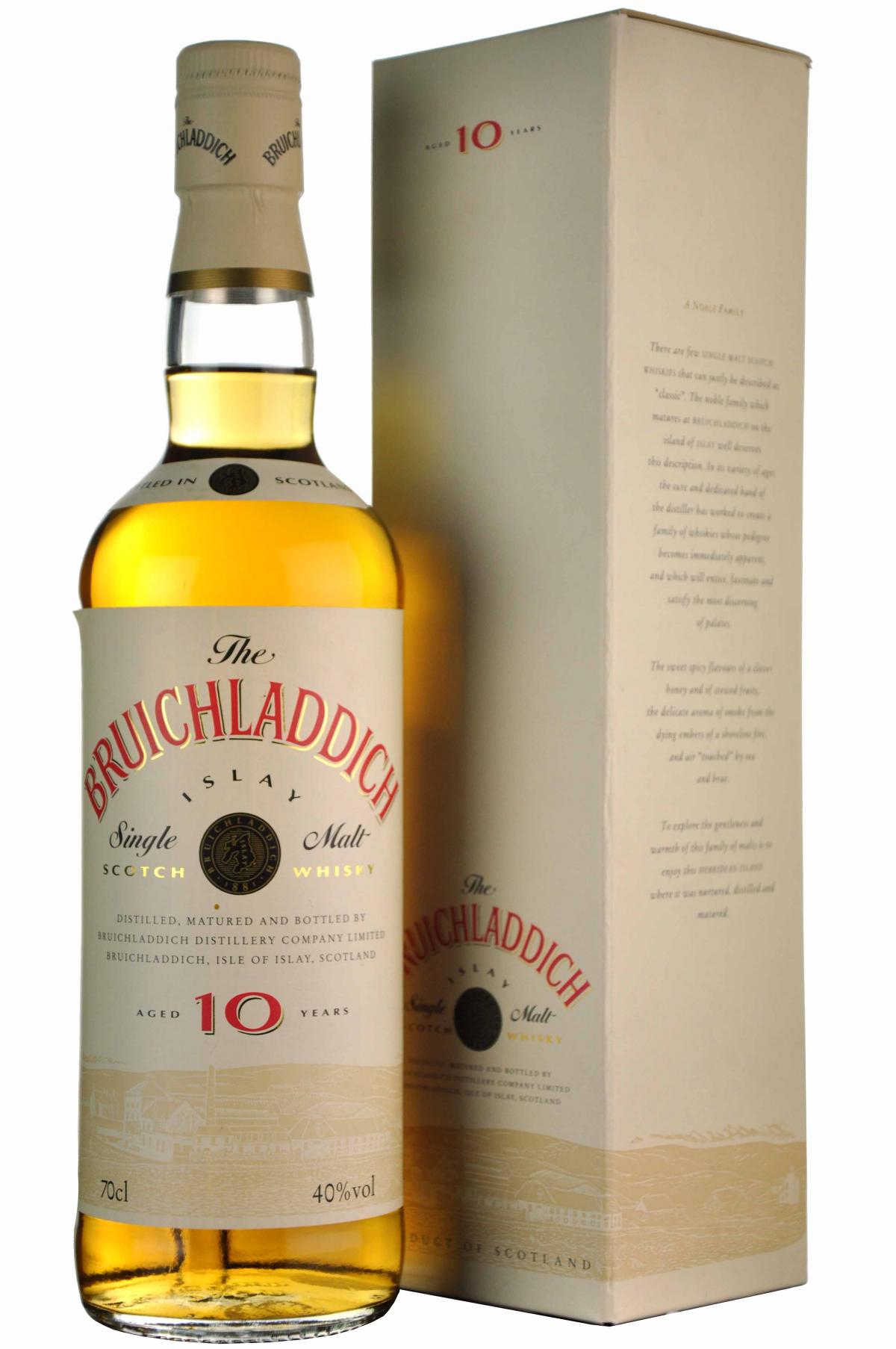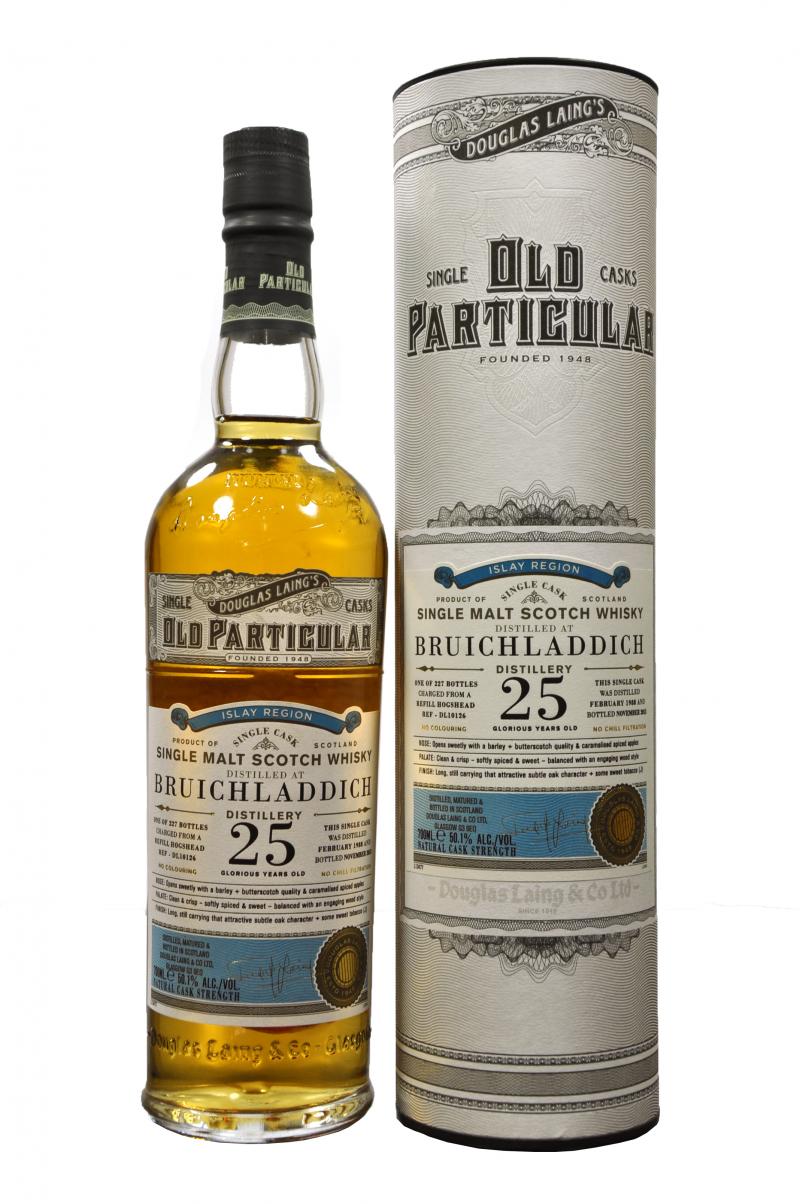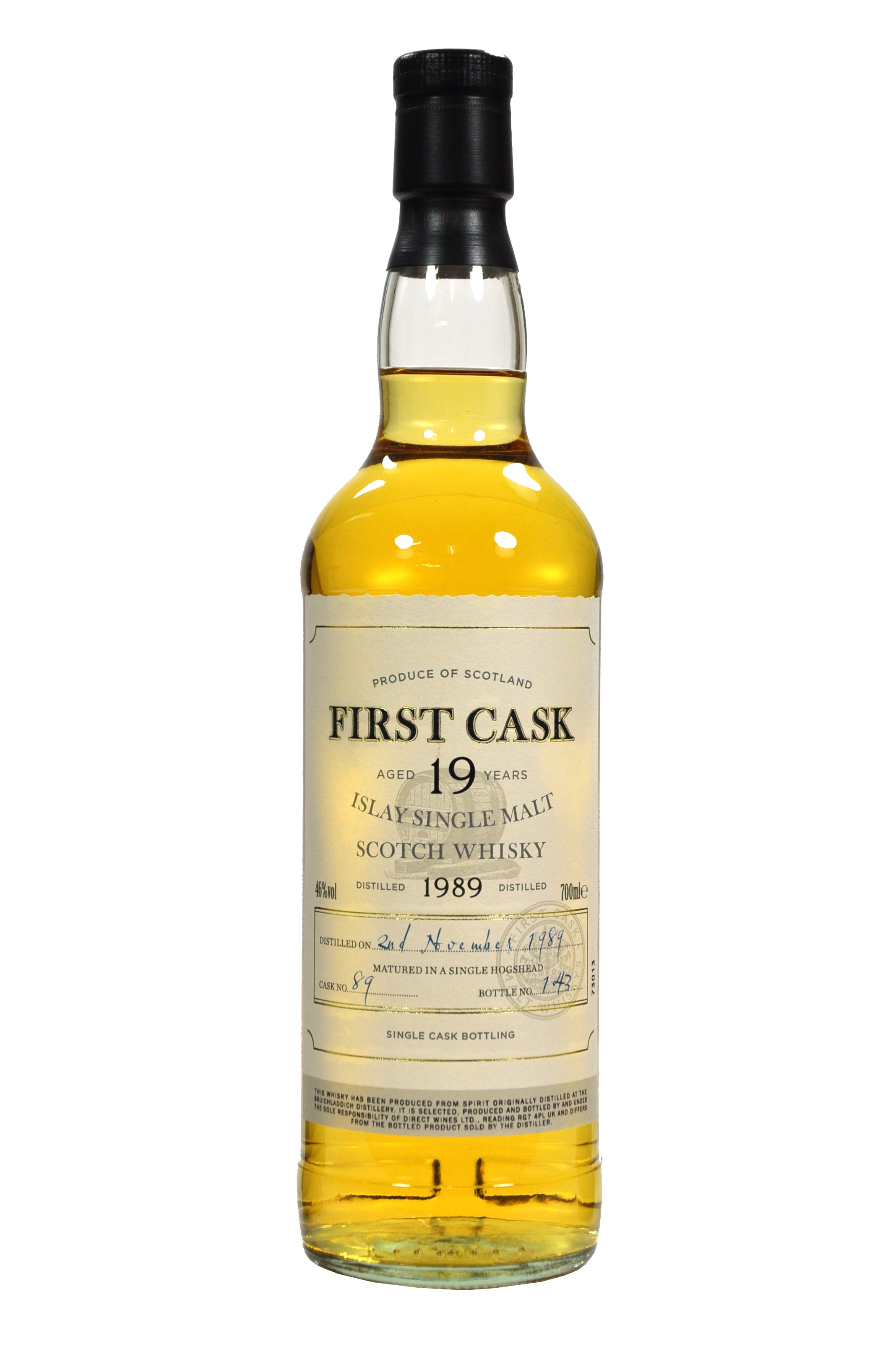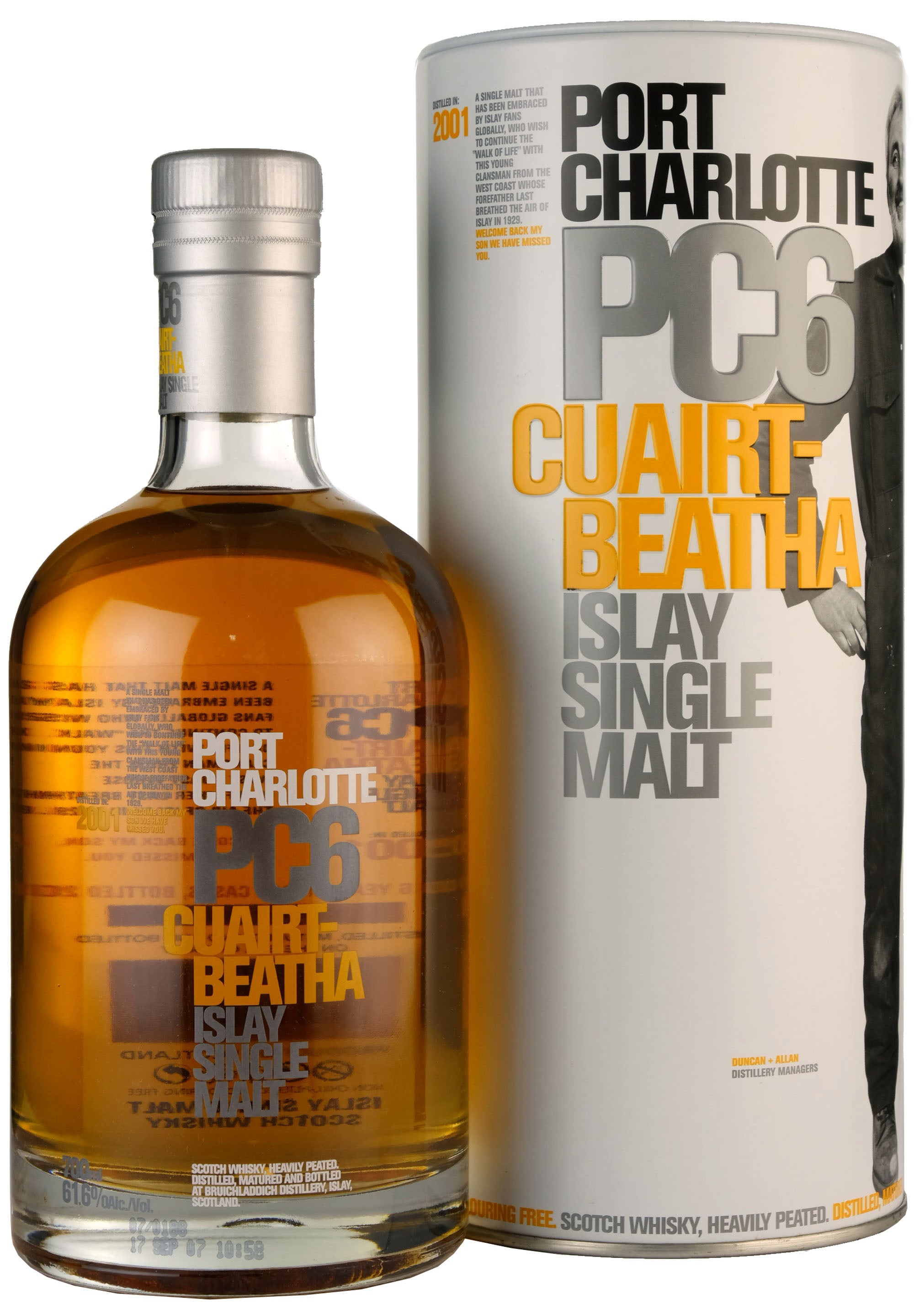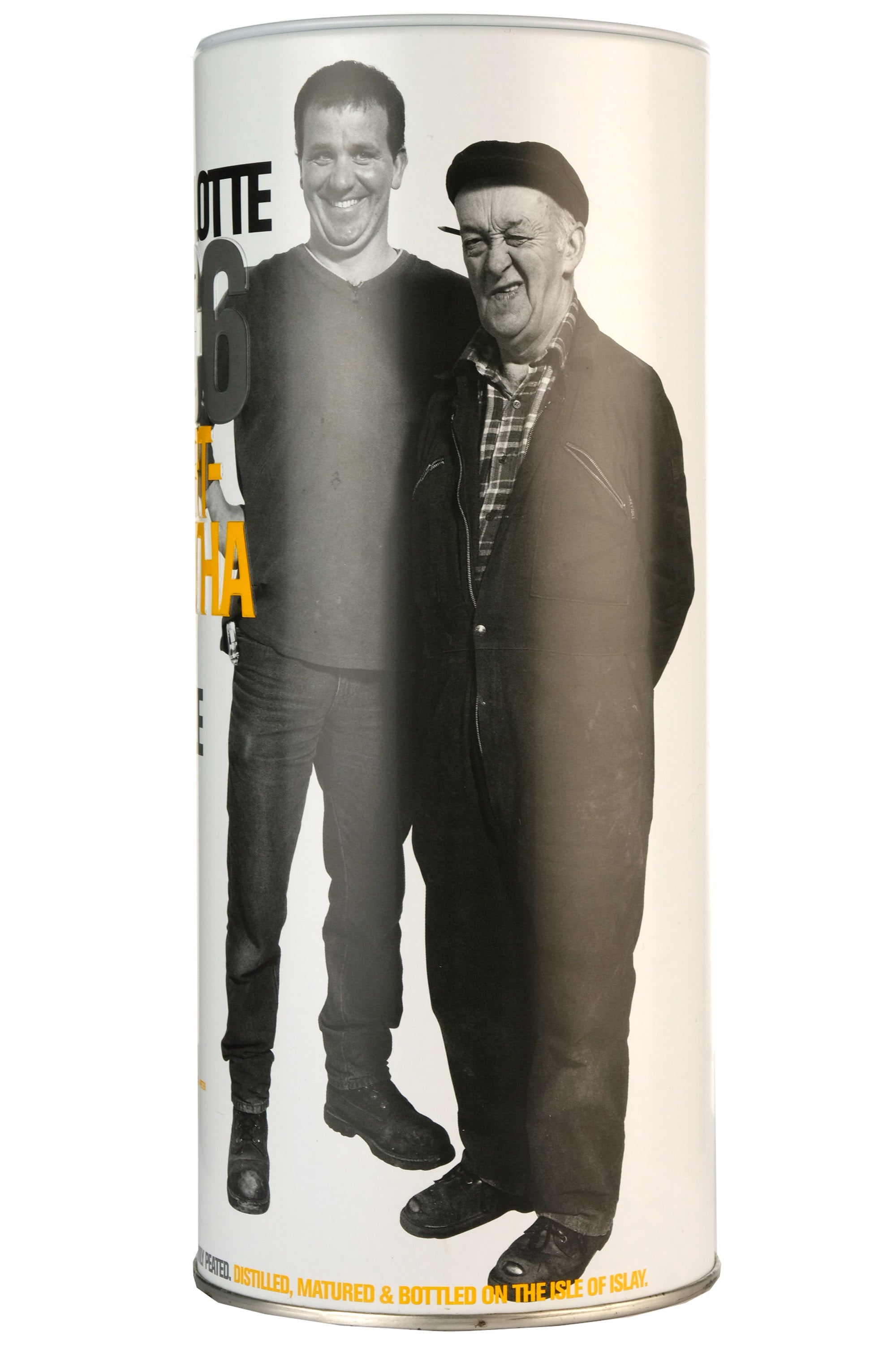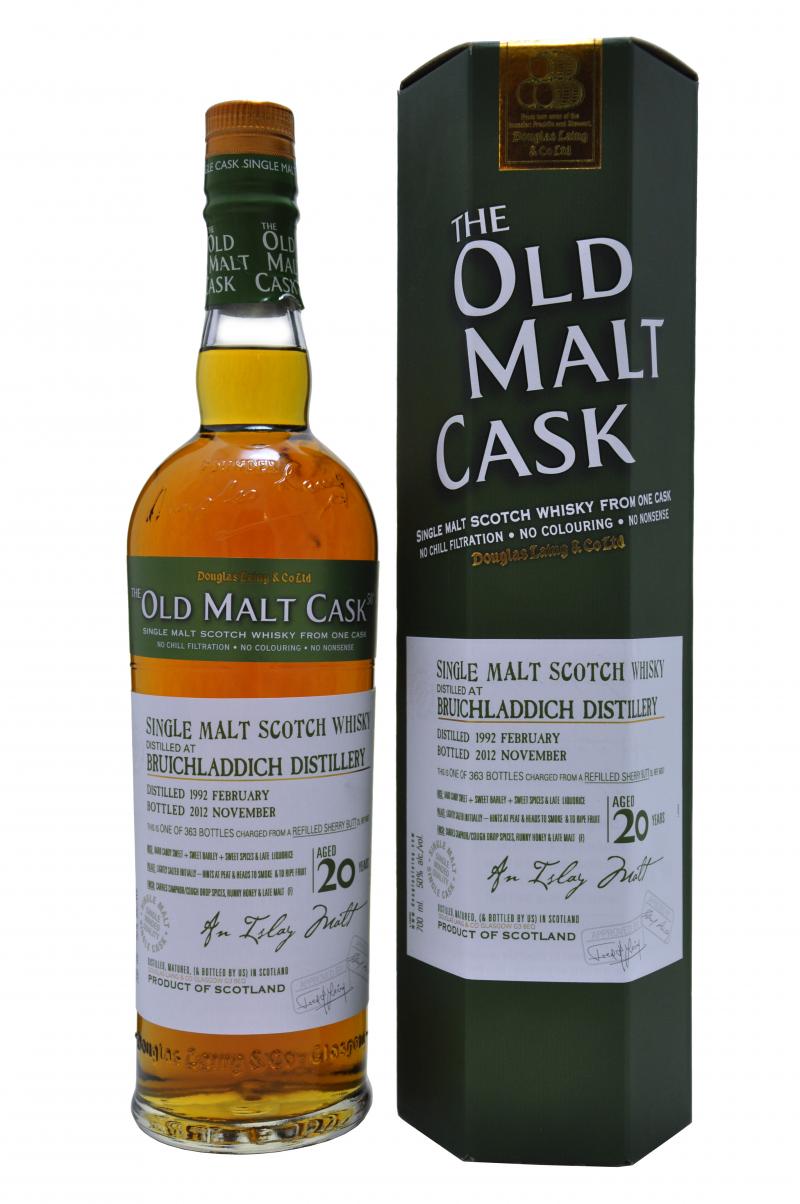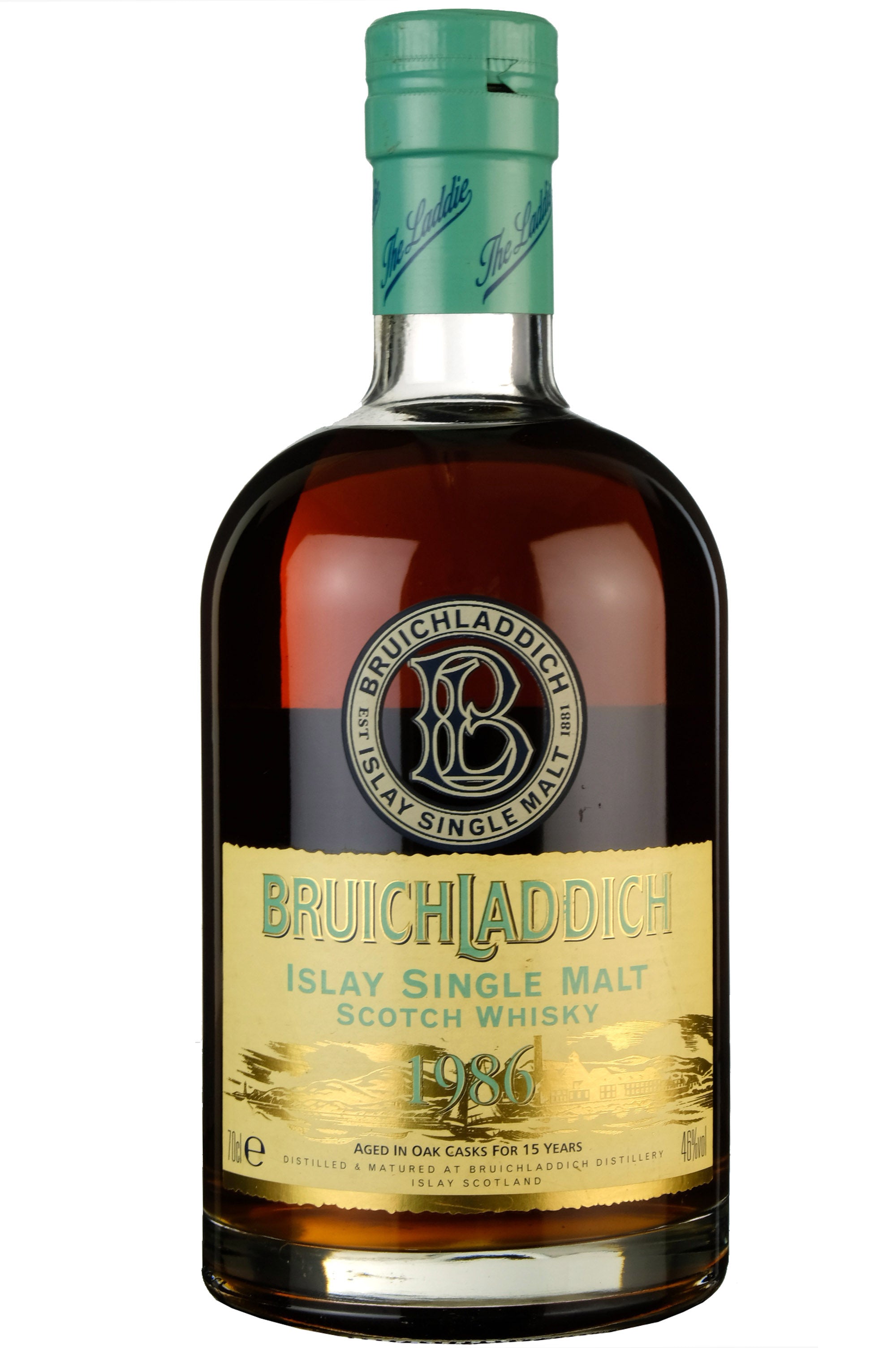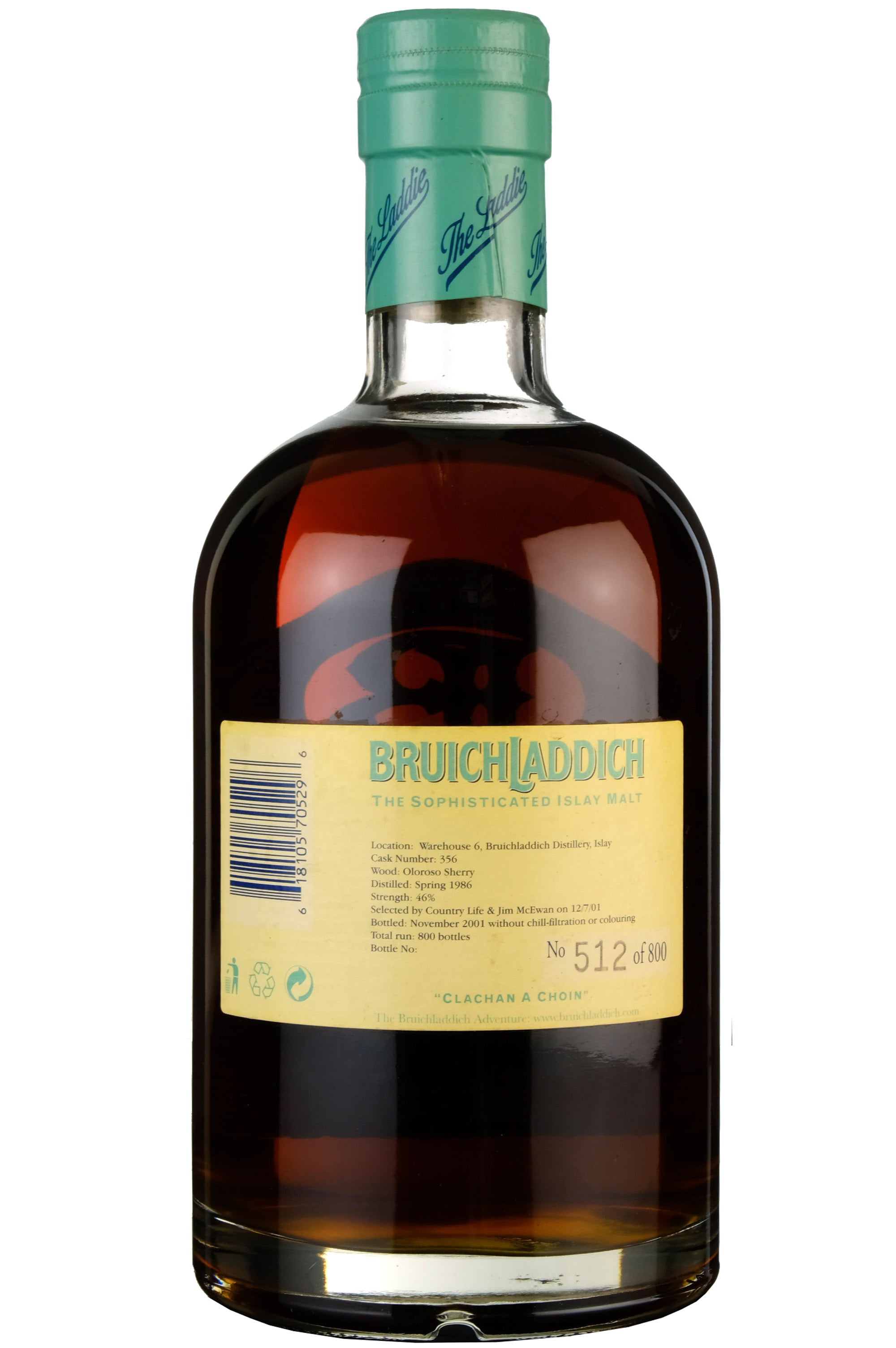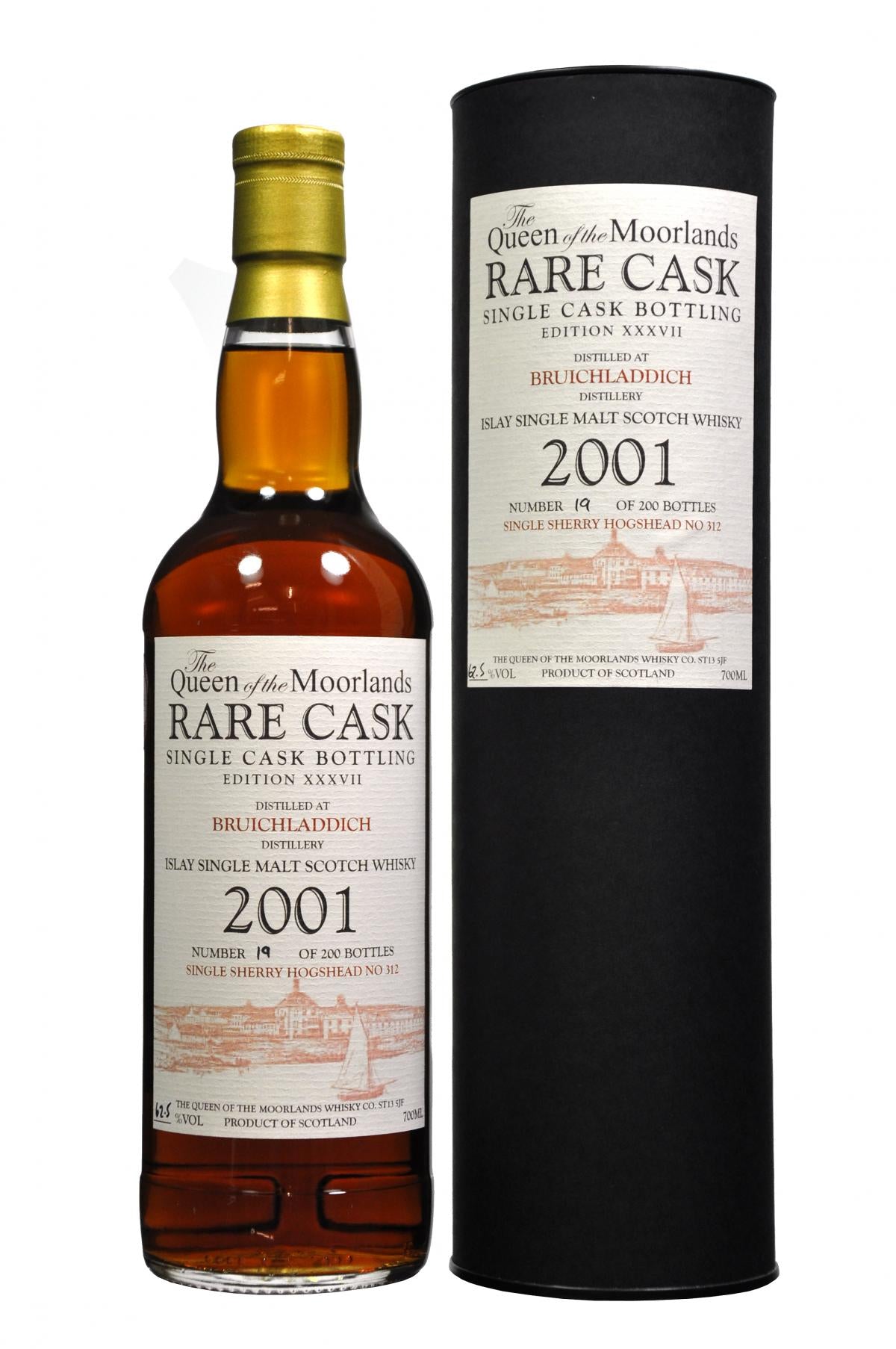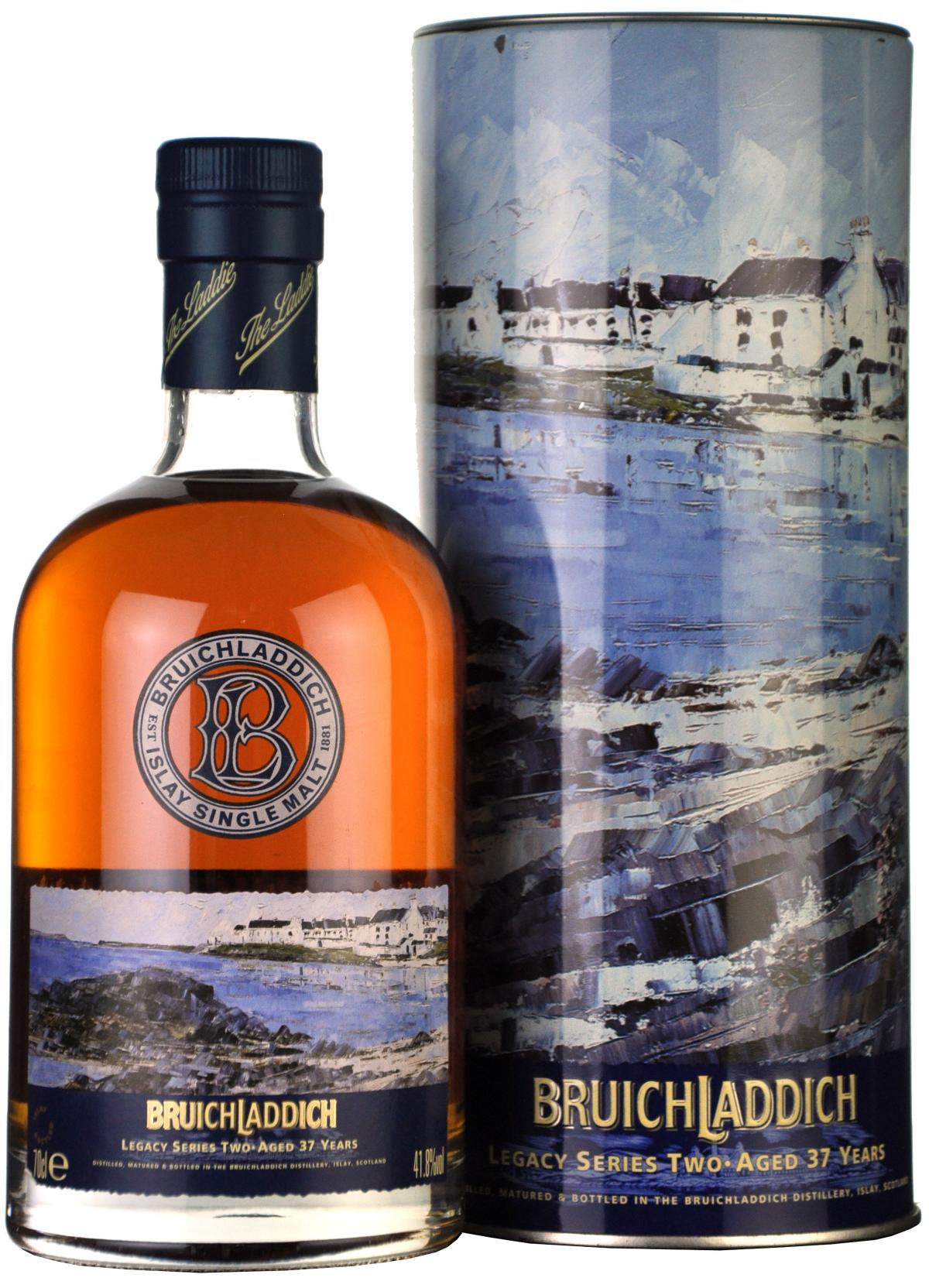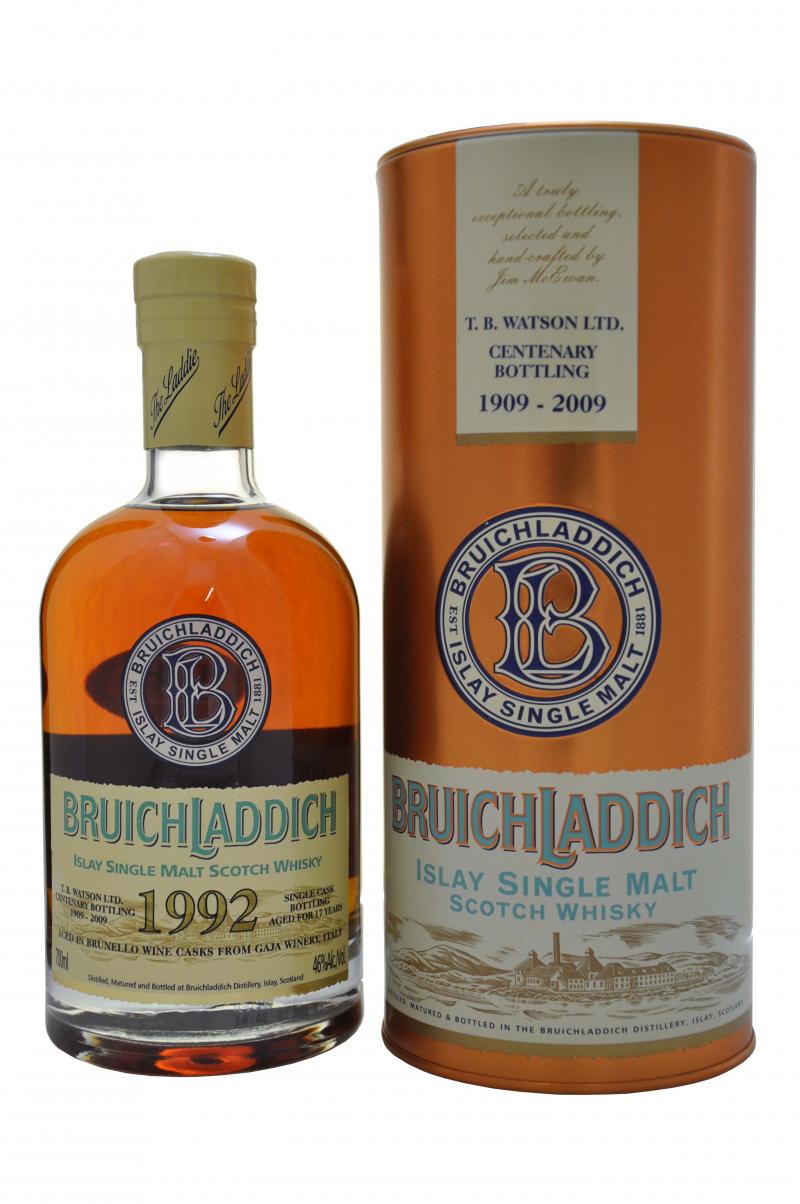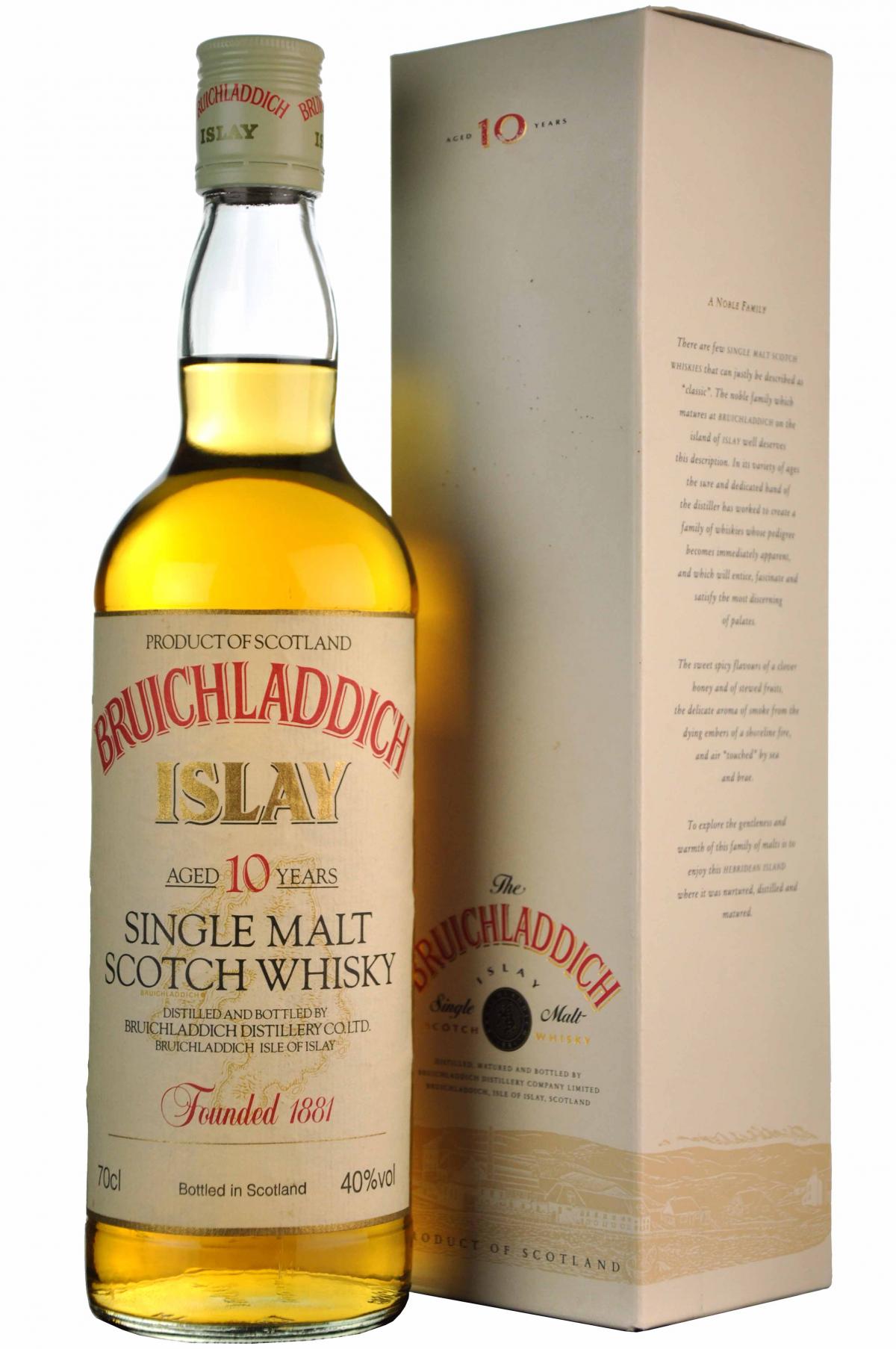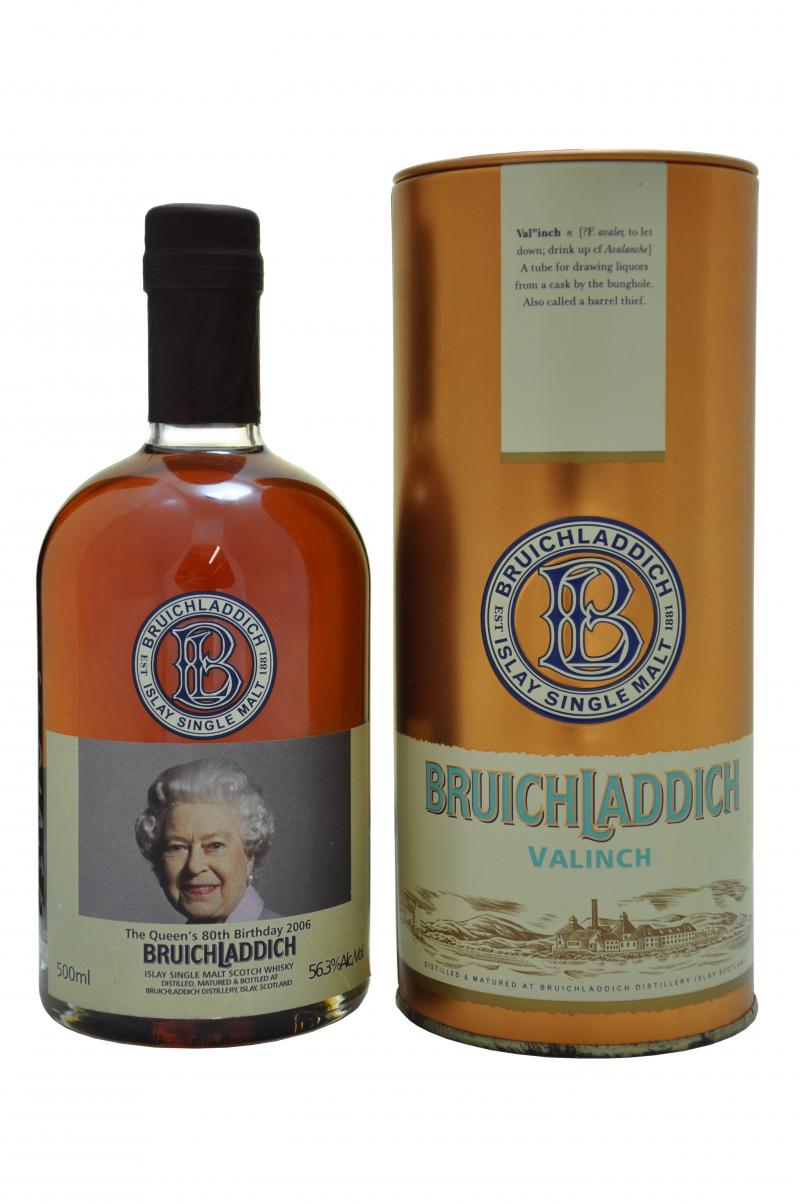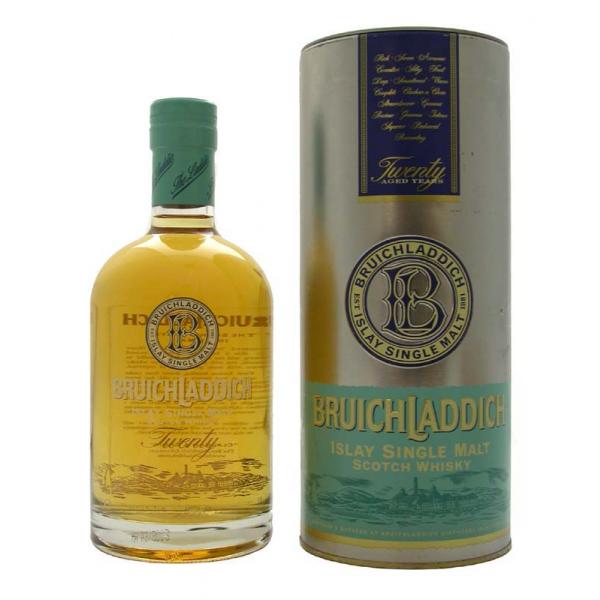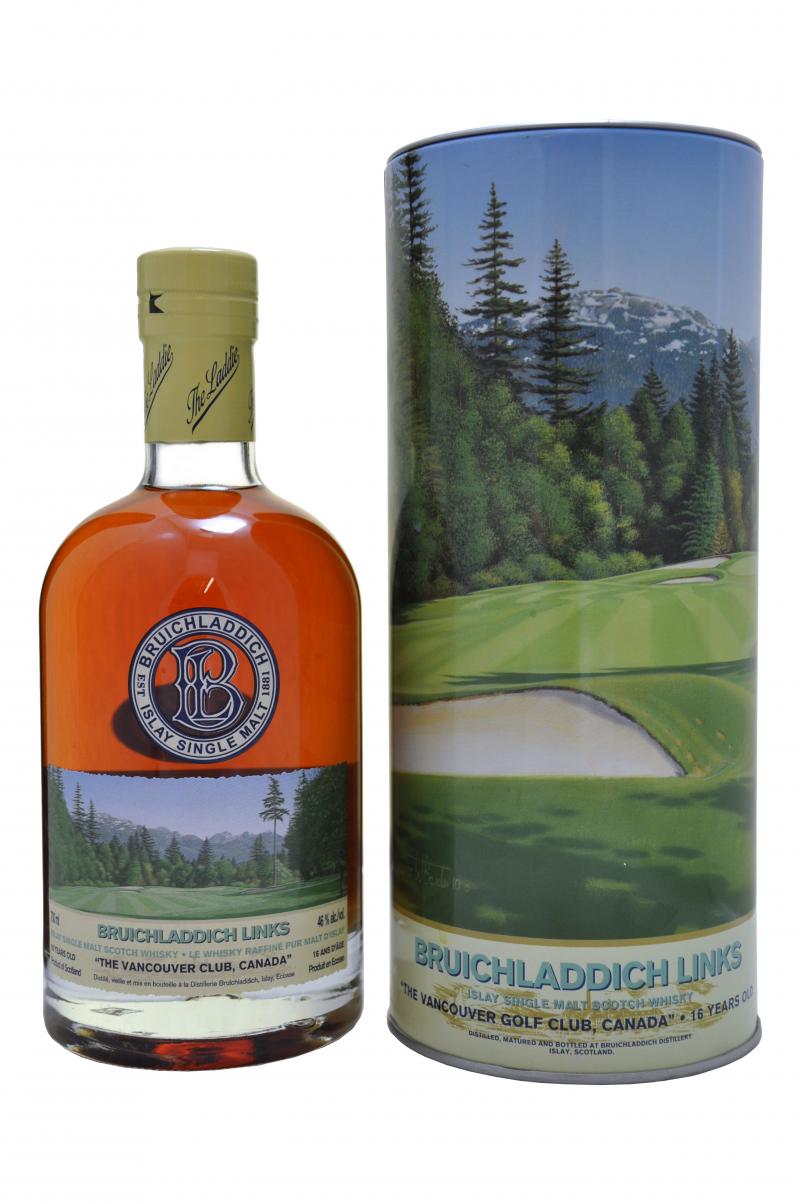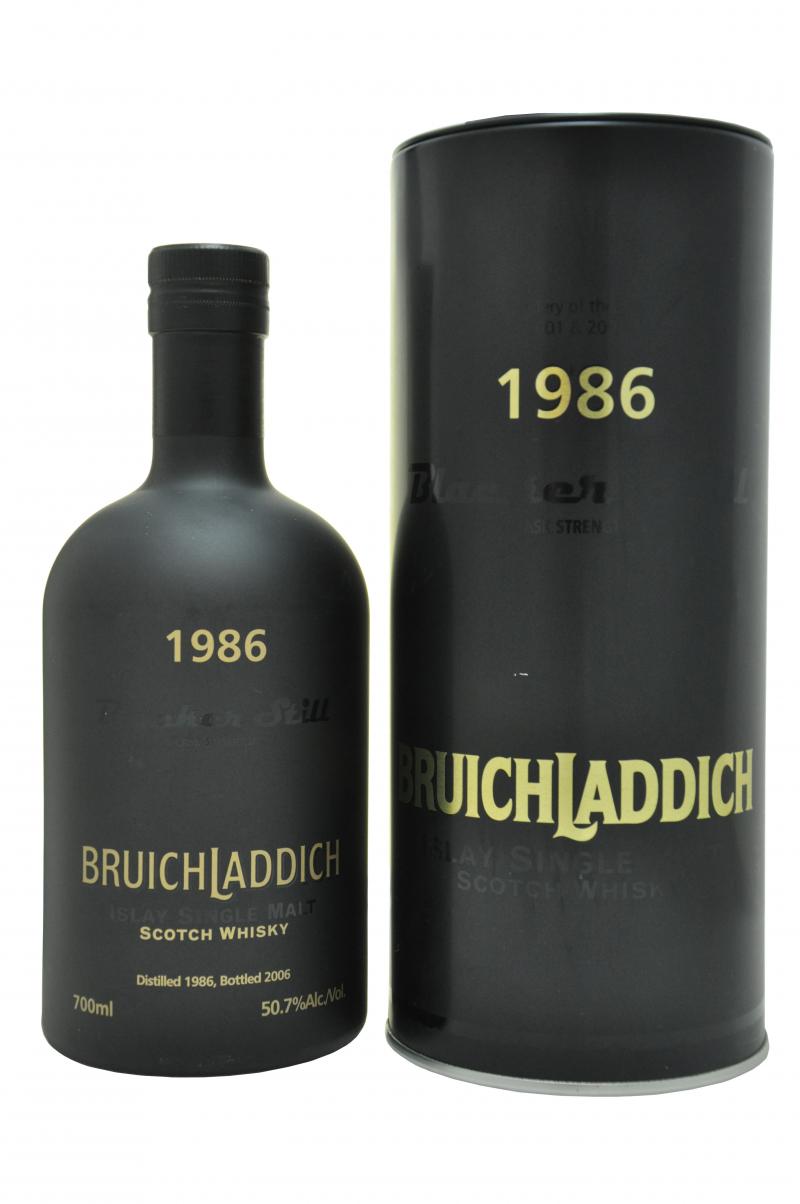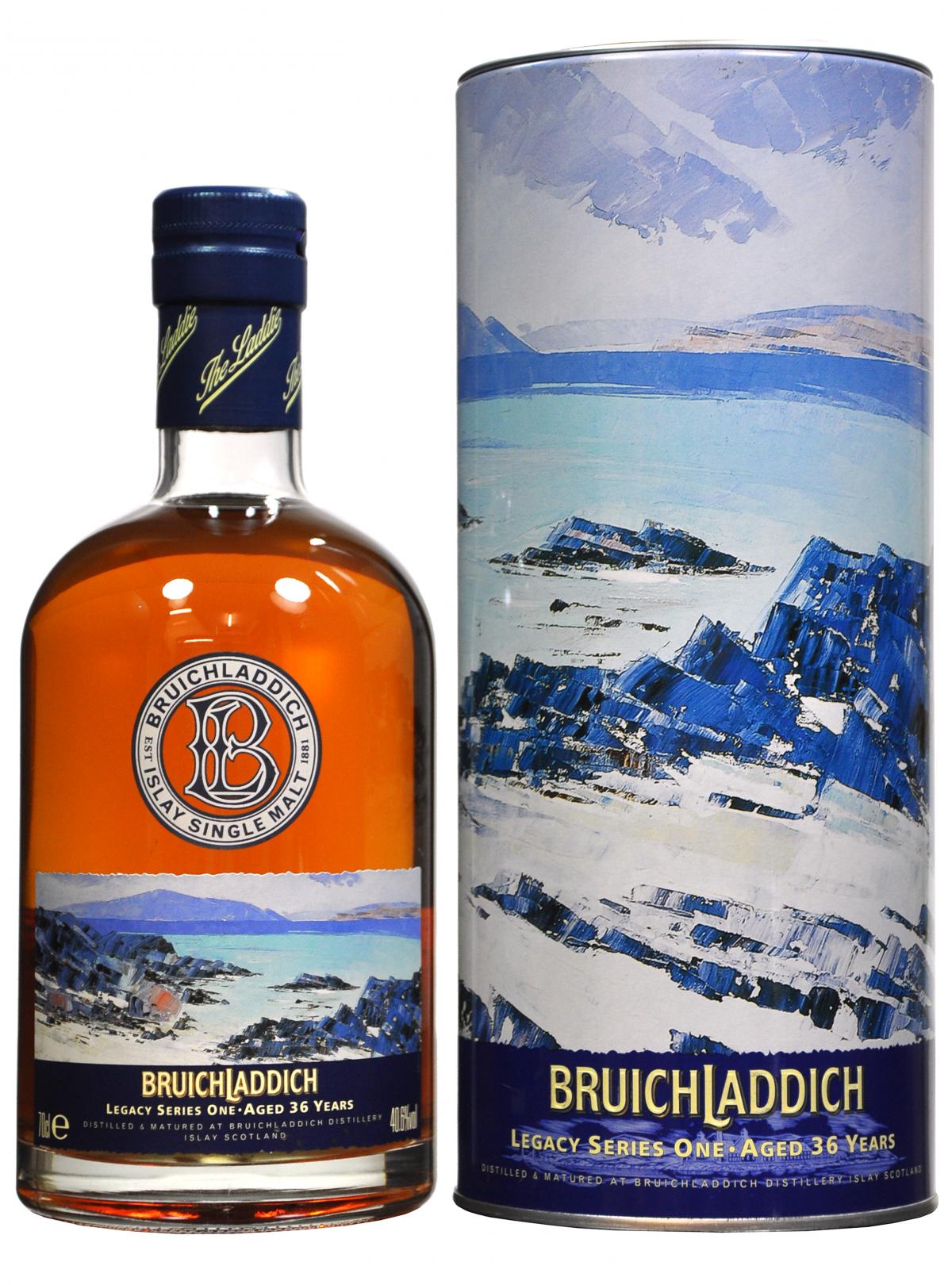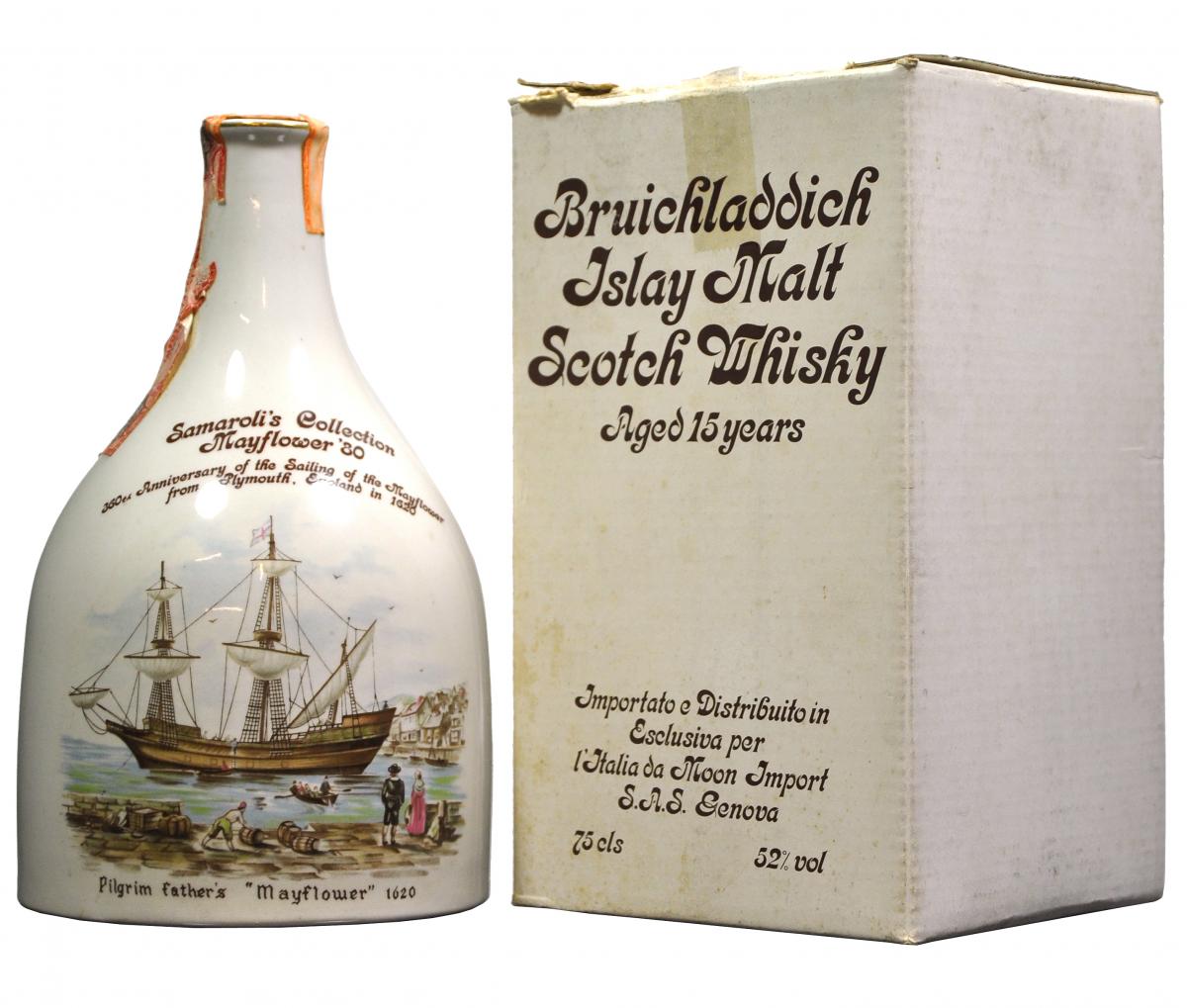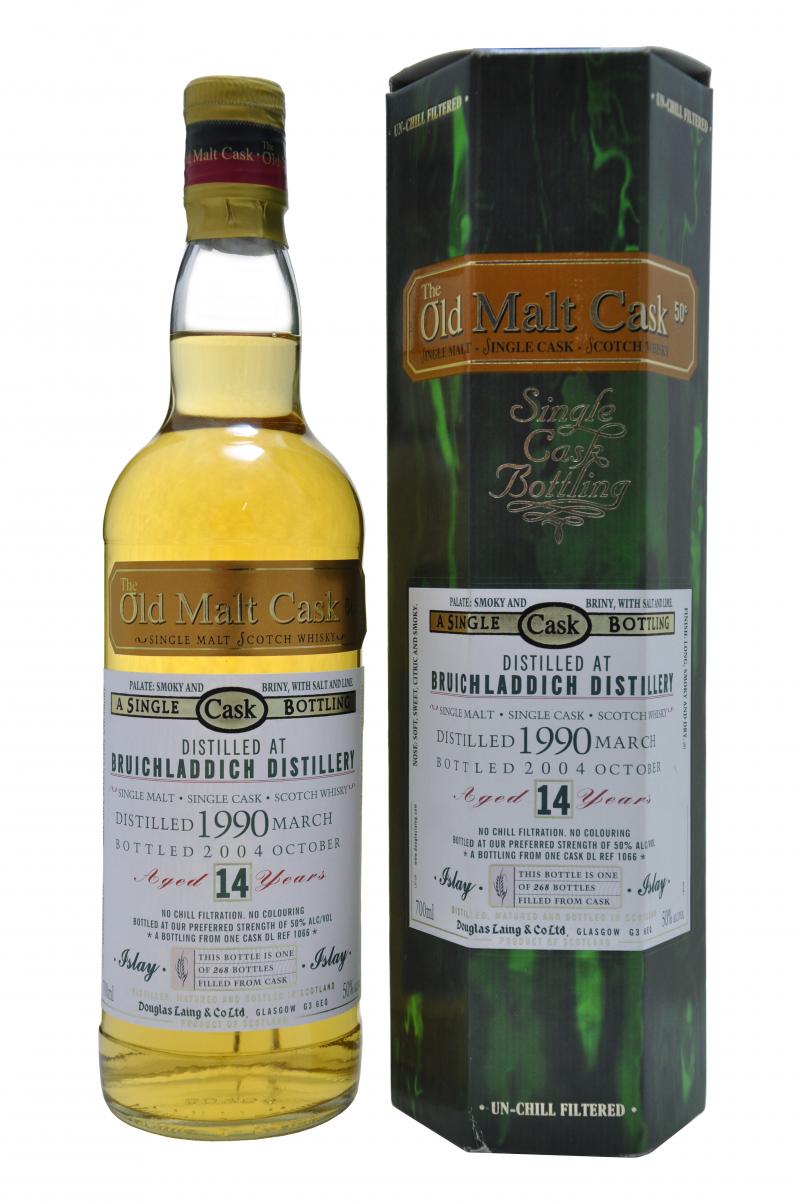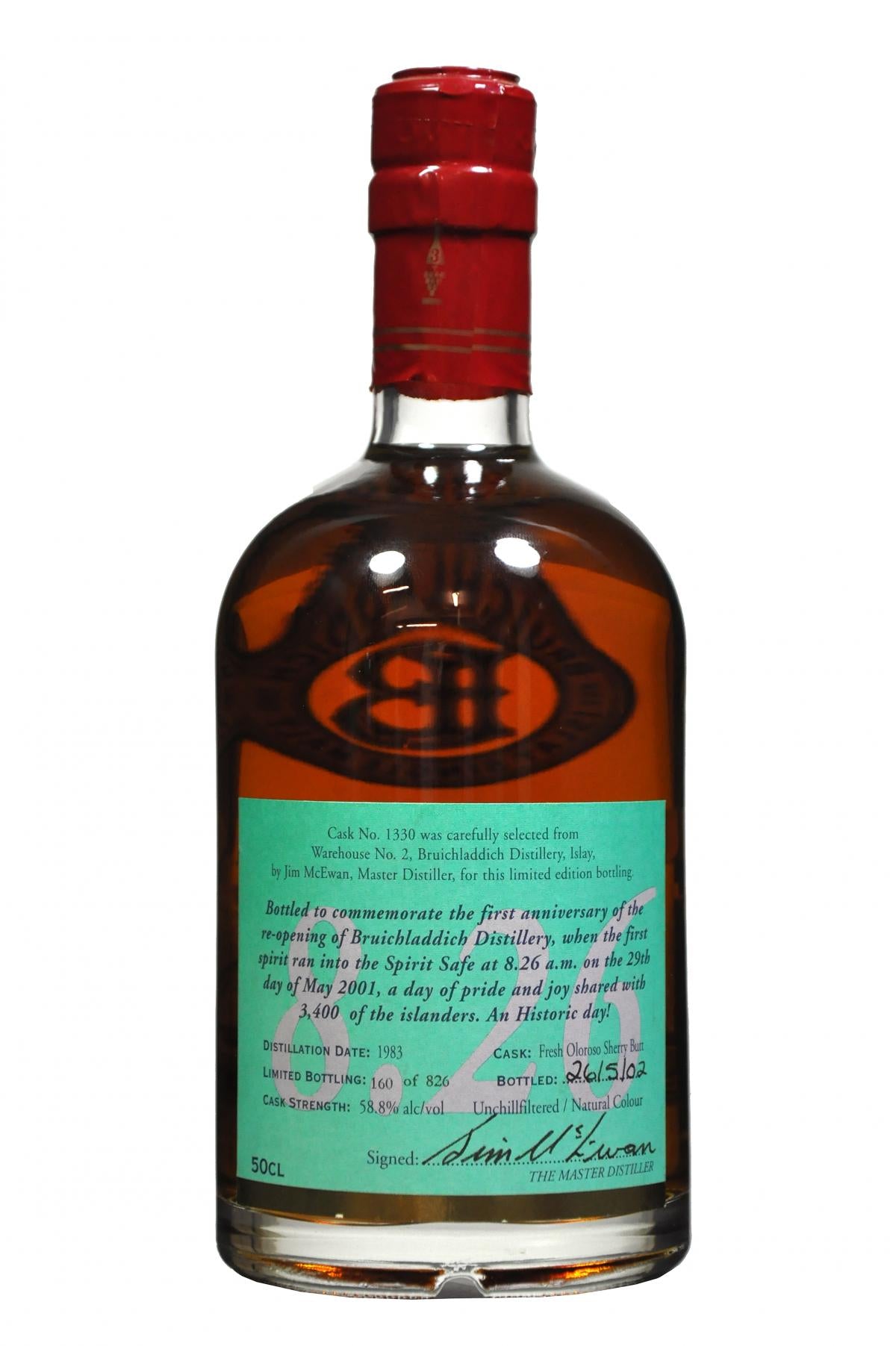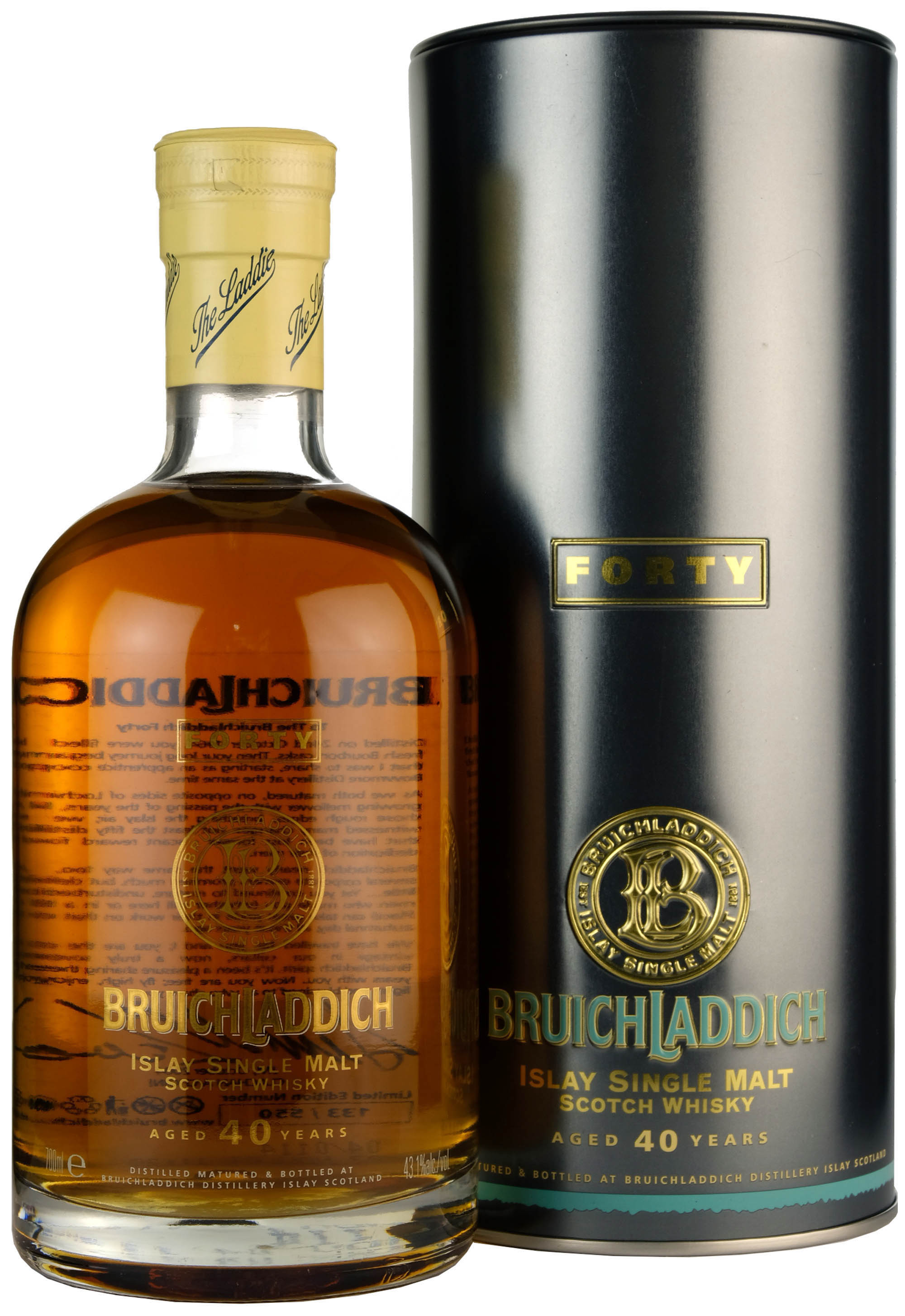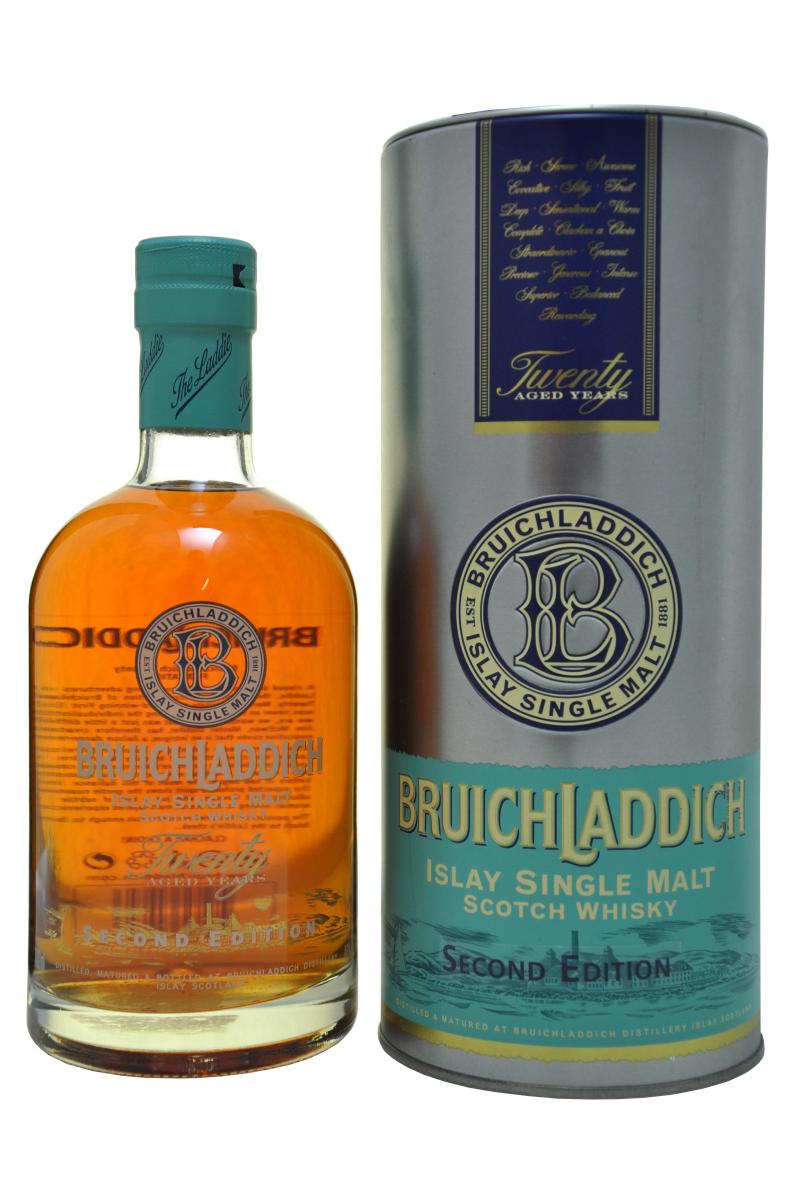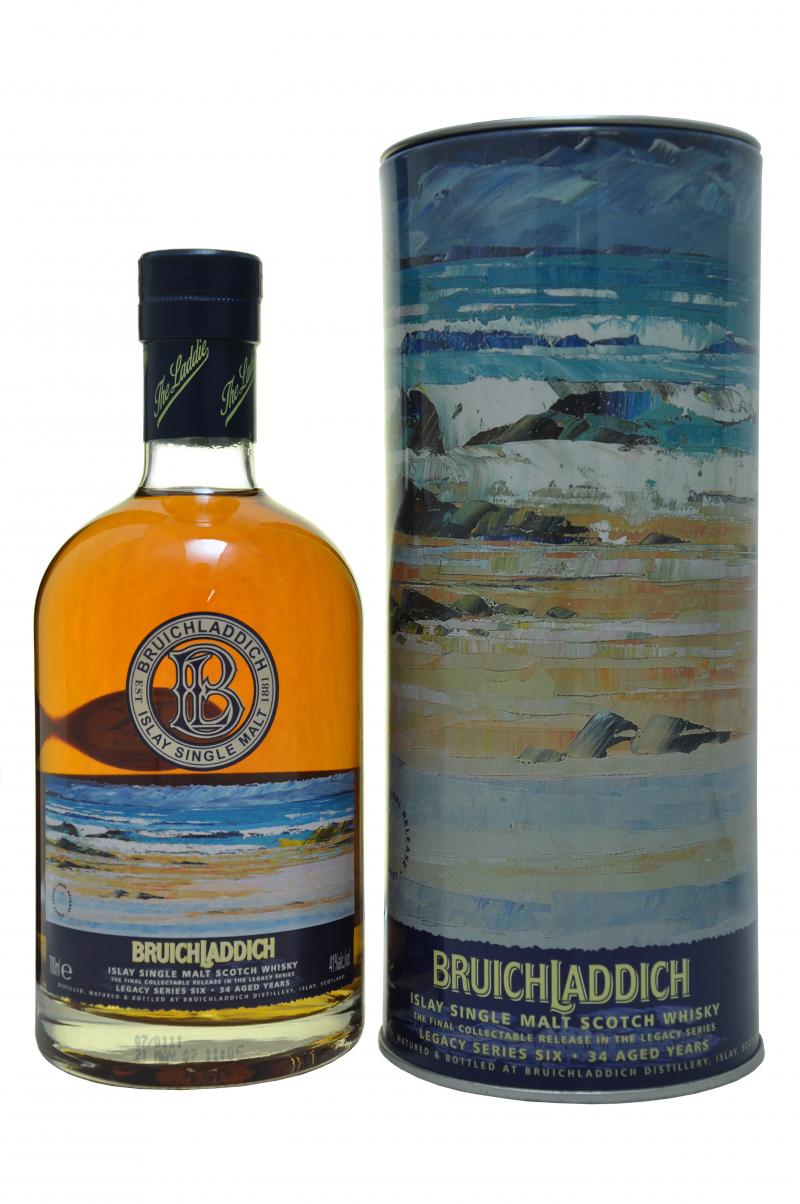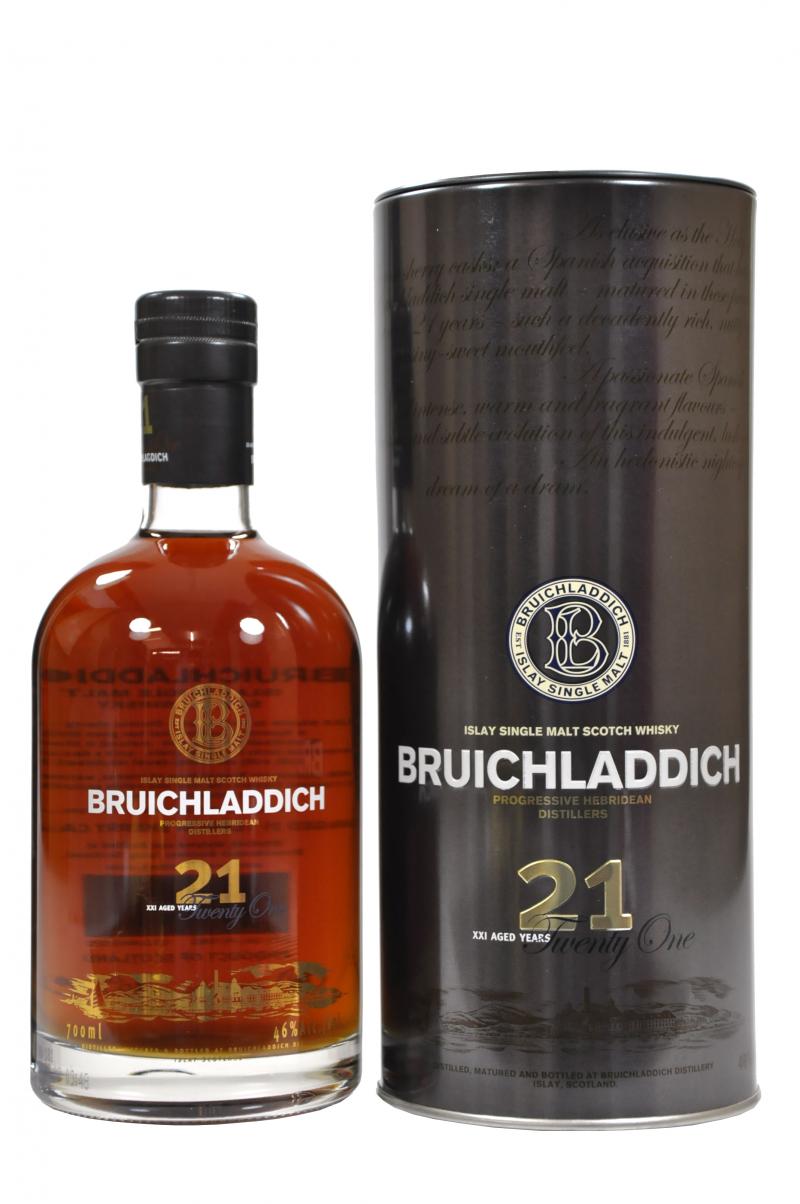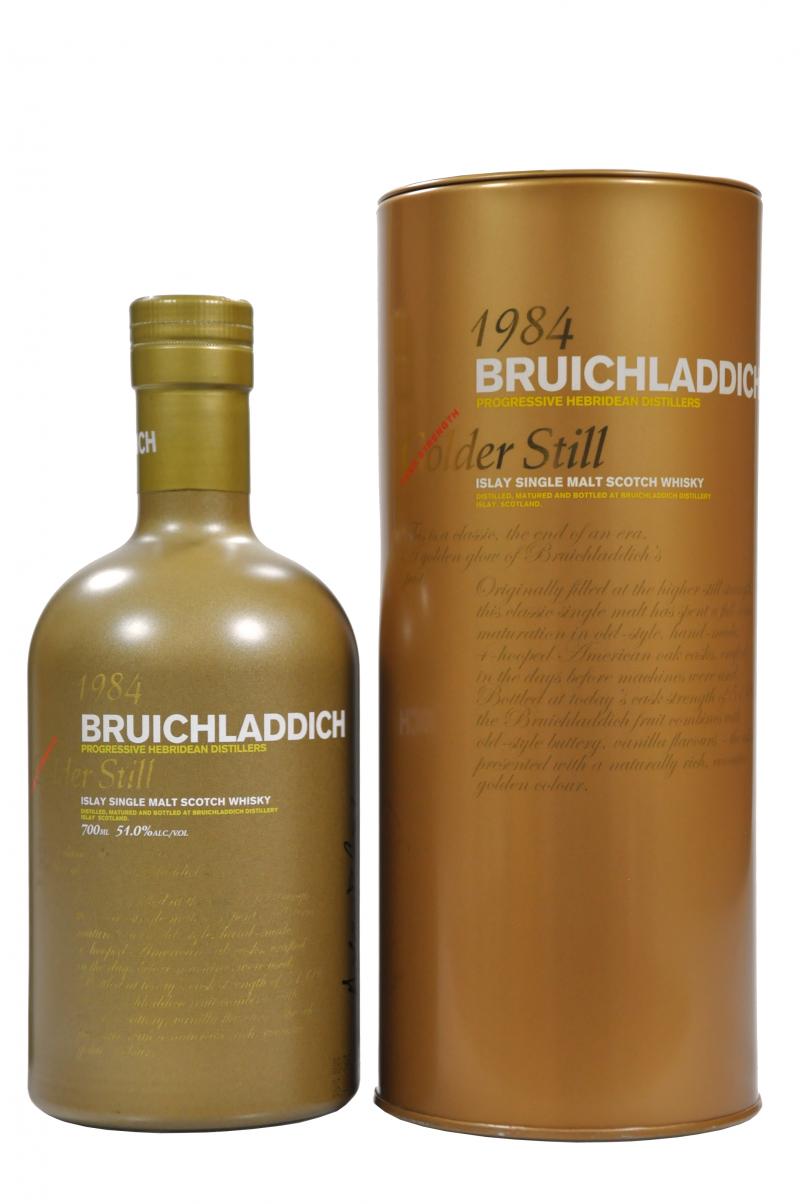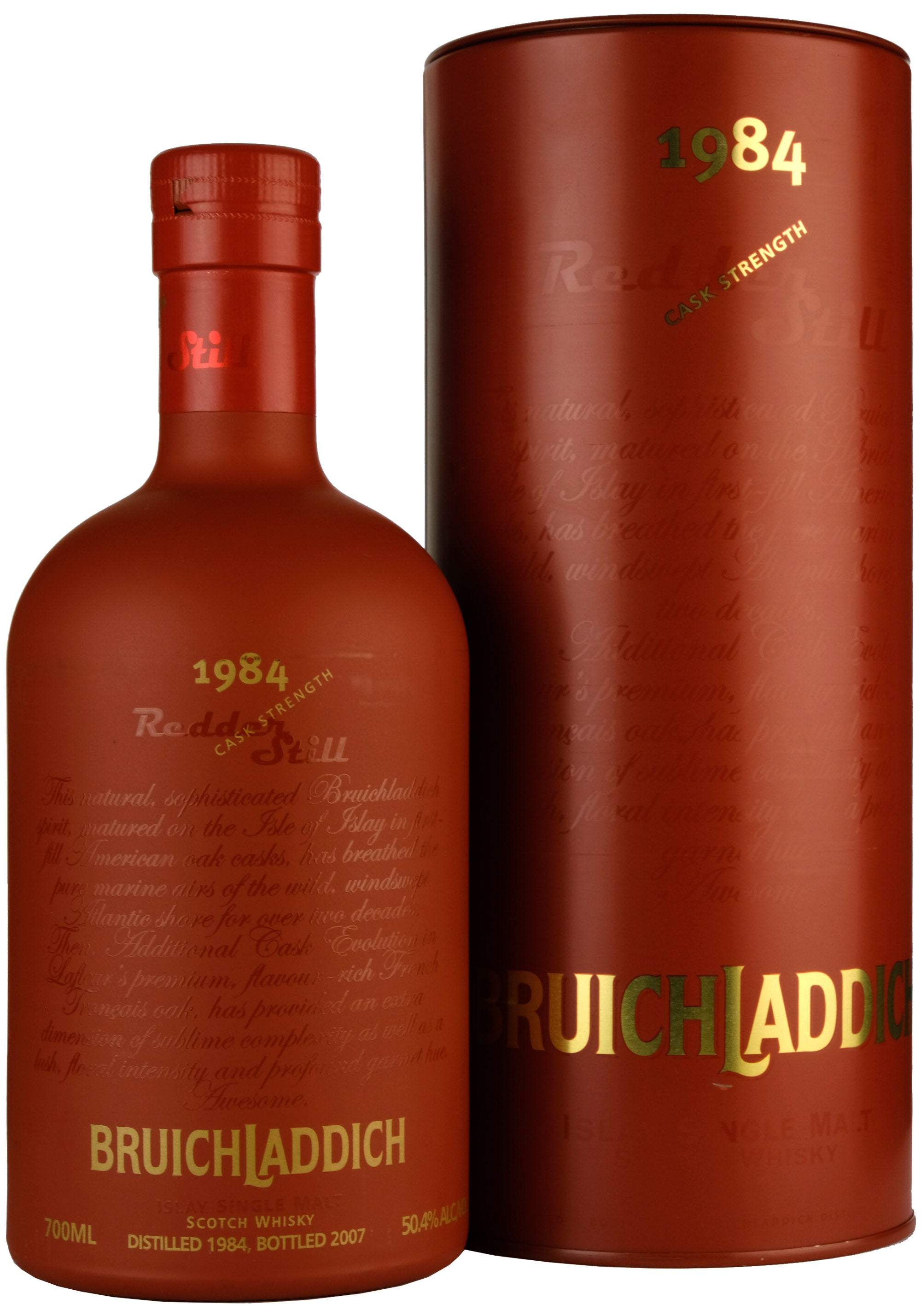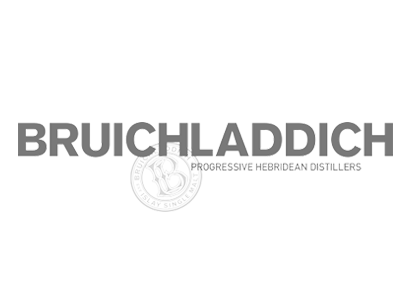Nose: this must be a wine cask! It smells of red wine, cork, and a wooden winepress. It is fairly elegant, a lightish Bordelais Claret, but wine all the same. Deeper nosing brings forth some manner of vegetable -- steam-baked red onions and stewed red kidney beans, -- before fleeting crayons and empty saffron capsules enter the scene. A little later on, dried, crackled oilcloth comes under the spotlight to introduce earthier notes of potting soil and tagetes or gerania in a planter. The second nose welcomes citrus, orange in colour (oranges, clementines, tangerines), many of them soaked in red wine. Some pastry is also at play, here, hard to identify. Blueberry muffins dipped in red wine? Let us go with that. Mouth: very wine-y in texture, this is a tannic number, fruity, but drying. Chewing unleashes a bucket of plums intertwined with dark earth. One could call it rancio, probably, and marvel at the dunnage-warehouse quality of it. Tannic and spicy, it is, though, with sumac, ground cloves, and just a pinch of ground cinnamon. The second sip is juicier, more focussed on (blush-)orange segments, Shaddock pomelo, and hardly-ripe mandarines, bitter and acidic in equal measures. When chewing, one notices the wine influence again, almost minty, so woody and tannic it is. Finish: big and wine-y in the finish too, it has plenty of fruits in various forms (lingonberry compote leads the dance, dark grapes in its wake), counteracted by at least as much tannin. It is as if someone had rolled all the fruits in ground sumac. Fortunately, the lingering note is one of bitter-blush-orange marmalade augmented with a more-approachable pinch of ground cloves. Towards the death, we perceive a kick of wine-cured cantaloupe skin. Unusual. The wine influence is a bit much for me, in this one.
Buy it now whilst you can , simply the best at this very reasonable price.
9.5 out of 10.
A fabulous sherry cask whisky, a firm favourite with our customers here at The Hopwater Cellar (ST5 2RY)


